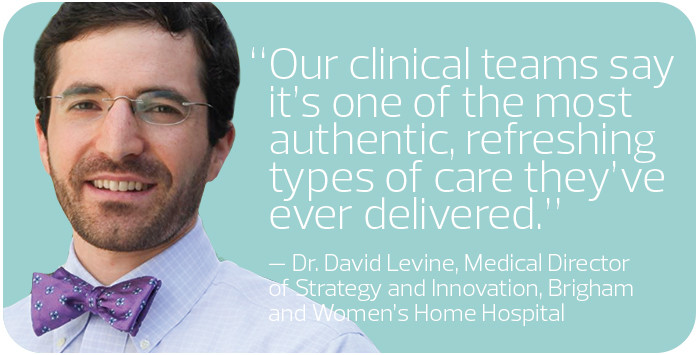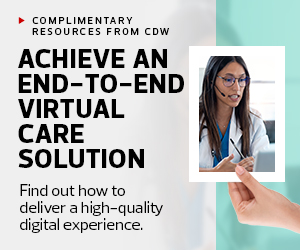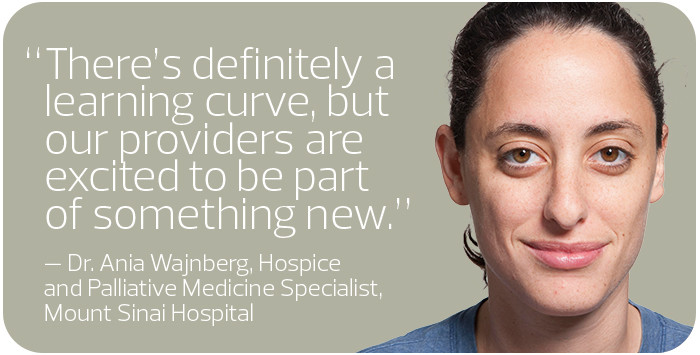Levine: We started the Home Hospital over seven years ago as a research study; we wanted to search for evidence that it was the right care model. We completed the first randomized, controlled trial in the U.S. back in 2016 and relaunched a larger trial in 2017-18, with successful results both times. That helped the model take off.
Wajnberg: Mount Sinai has a very long history of providing care in the home setting, but not necessarily acute care. On that knowledge base, we began Mount Sinai at Home with a grant through the Center for Medicare & Medicaid Innovation. Our vision was always to improve patient care, reduce hospital complications, improve patient experience and hopefully reduce cost — the last not as the primary purpose, but for sustainability.
HEALTHTECH: What was the impact of the pandemic on your program?
Wajnberg: The CMS waiver was obviously a game changer, enabling more hospitals to explore practical models for treating sicker patients at home. Also, the huge explosion in telehealth made the idea of it, and the ability to scale through it, more palatable to both providers and patients. That allowed us to do more than we ever had before.
Levine: When the first surge hit Boston in early 2020, we weren’t caring for COVID-19 patients. We kept doing what we do well, which is to take care of general-medicine patients. We got patients out of the hospital who needed hospital-level care, and we made room for COVID-19 patients.
De Pirro: The CMS waiver expanded the program to a much wider population. We had to figure out how to care for these patients in a way that Medicare could look at them, from a computer or paperwork point of view, as though they were in the brick-and-mortar hospital.
READ MORE: Is hospital at home the future of healthcare?
HEALTHTECH: Has technology made programs like yours possible in ways they weren’t in the past?
Levine: It really depends on the kind of patient. If a patient has to be on a continuous cardiac monitor, you need to bring that monitor into the home and transmit that data in near real time. As we begin to treat more kinds of conditions at home, we’re using more technology such as biometric sensors, point-of-care imaging and point-of-care laboratory diagnostics.
Jenq: This program wouldn’t have been possible 10 years ago; the technology that existed was too awkward. More technology for remote monitoring is available now, and the cost is becoming much more reasonable.
Wajnberg: The impact of technology falls into two categories. One is optimizing the monitoring capabilities, which allows us to provide better care for patients and to accept different types of patients. The second piece is scale. Home-based care is very staff-intensive. Telehealth can help with scale and efficiency for these programs very directly.
De Pirro: Video visits certainly allow us to care for more patients. Also, as part of the expansion of our Complete Care program, which serves elderly patients with multiple comorbidities, we’ve started remote monitoring. Having a robust remote monitoring system allows you to serve patients who are a little sicker than you could before.
Click the banner below to achieve an end-to-end virtual care solution with guidance from CDW.












